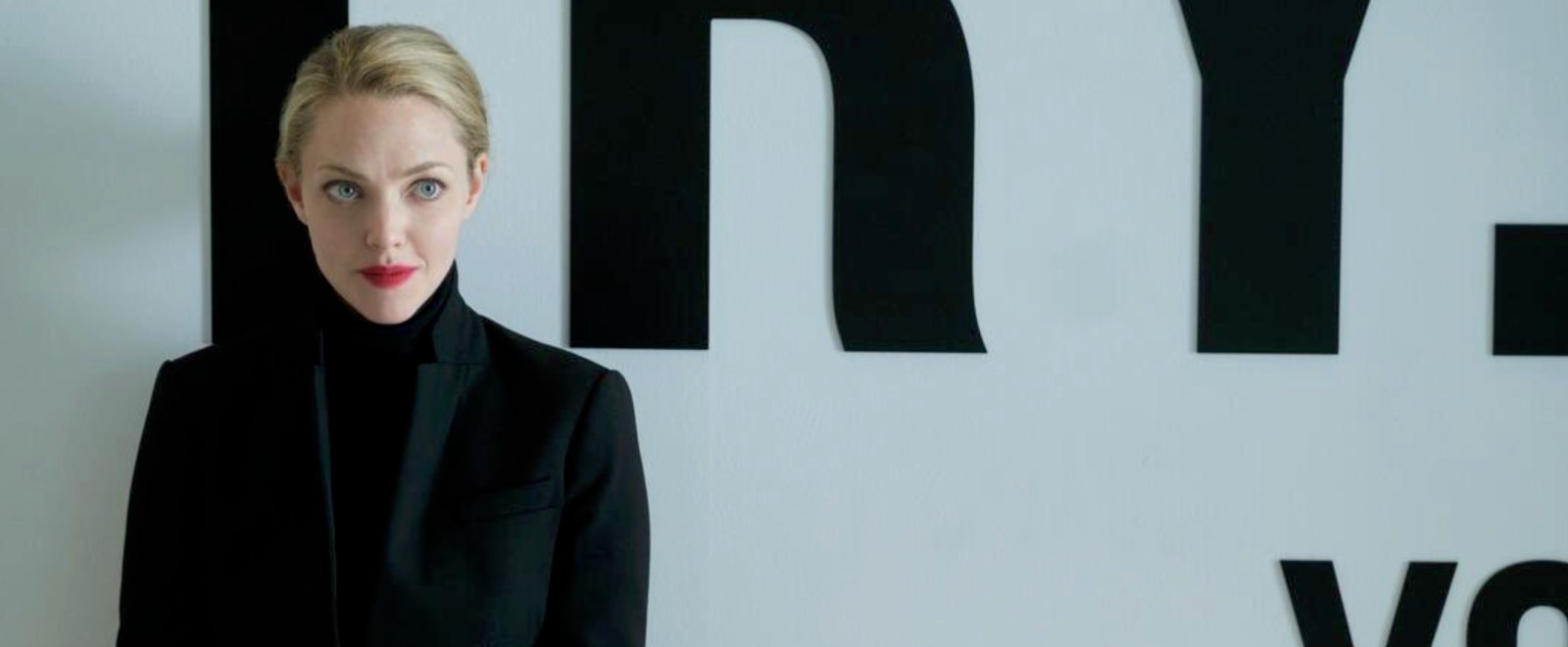There have been few brighter spots across the NBA this season than the 2021 rookie class. Future stars like Evan Mobley and Franz Wagner are emerging throughout the lottery. Second-round picks like Herbert Jones and Ayo Dosunmu are carving out key rotation minutes on playoff contenders. Undrafted players like Austin Reaves have found roles.
Whether a team is searching for a franchise centerpiece or something less lofty, this year’s crop of rookies has provided plenty of optimism and hope. As the final stretch of the regular season nears, now feels like an apt time to highlight those first-year players shining most prominently and examine what’s made their NBA transition so positive.
Evan Mobley
From Day 1, when he dropped 17-9-6-1-1 in his debut, Mobley has staked a boisterous claim to the Rookie of the Year trophy. He’s already an All-Defensive Team candidate, seamlessly functioning as a switchy big, altering shots with textbook verticality around the rim, denying plays off the ball and rarely fouling (2.1 fouls per 36 minutes).
His processing as a passer is incredibly quick, particularly on the short roll, where he and Jarrett Allen have harmonized comfortably. Shooting 71 percent at the rim, he’s a dynamite finisher, which pairs well with Darius Garland’s skillful pick-and-roll game.
Despite a few quieter games recently, he capped off his first half with 22-10-4-4-1 last week. He’s been the league’s top rookie all season and appears en route to many All-Star honors. The Cleveland Cavaliers drafted a special big man, one who’s been key in their ascent up the Eastern Conference mountain.
Cade Cunningham
Among all the 2021 lottery picks, none have a worse context than Cunningham. He operates in a bland offensive scheme with poor floor spacing and an absence of play-finishers to simplify his job in ball-screens. Even after the Pistons acquired Marvin Bagley III, the two’s minutes are rarely aligned. But Cunningham has still impressed in a multitude of ways this season.
He’ll spray live dribble, laser-like skip passes to the corners, fit laydown reads through keyholes inside, and has showcased tantalizing off-the-dribble shooting. While he’s a bit jumpy against ball fakes and is prone to the occasional breakdown, his defense has popped. He excels at cutting off driving angles on closeouts, has swift hands to spark loose balls and often seems to quarterback possessions as a defensive communicator. His body control is superb too.
Cunningham is going to be really, really good. The numbers don’t rival Mobley’s, but catch a game or two and the reasons why are evident. He’s a good player having a good rookie season, simply awaiting an opportunity to truly thrive. And that’s why he’s the runner-up to this point.
Franz Wagner
The second of the Orlando Magic’s two lottery picks from this summer, Wagner has been a revelation in year one. With a savvy slashing cadence and 6’9 frame he applies effectively, he’s shown consistent ability to generate paint touches, whether it’s via pick-and-rolls or attacking off the catch.
Orlando has leaned on him as a primary creator for long stretches at times and he’s performed admirably. He’s exhibited a bevy of shot-making moves, both inside and beyond the arc, and sets up others well as a passer, particularly Wendell Carter Jr., with whom he’s developed fun chemistry. When the Magic station him off the ball, he’s a heady cutter, can knock down spot-up triples, and knows when to drive the lane.
He plays angles well defensively and can regularly guard a few positions. Wagner looks like a future star who provides plus defensive impact and offensive versatility as a scorer and passer. The dude is a stud.
Scottie Barnes
Continuing the trend of future stars is Barnes, the effervescent, rangy, skilled Toronto Raptors rookie. Barnes’ creation aptitude has surpassed what almost anyone expected pre-draft. He’s capable of posting up mismatches (of which there are many for him) and patiently playing through contact to score from totally unorthodox angles.
His intermediate touch is pristine and he uses his 7’2 wingspan for extension finishes over or around defenders. Off the ball, he floats into open space for easy scoring chances. Although the three-ball isn’t there yet (31.3 percent), he’s much more willing and confident now than early in the season.
Toronto’s active, chaotic defense has proven overwhelming at times for him, especially off the ball, but stretches of menacing point-of-attack offerings and timely help rotations exist. He touts dexterous hands and has given ball-handlers of different sizes issues this season. The Raptors made an excellent decision with the fourth pick. Barnes’ wide-ranging flashes and persistent contributions are rather promising.
Herb Jones
Various factors are at play for the New Orleans’ Pelicans righting the ship after a 3-16 start to remain in contention for a play-in berth. Chief among them is tabbing Jones as a permanent starter. Since Jones joined the opening unit, New Orleans is 20-20 and just two games back of the 10th seed on the year.
Jones is a brilliant defender, on and off the ball. He always plays with high, active hands to deter shots or passes, guards the top perimeter options every game and is a sharp team defender. Screen navigation and timely rotations are his strong suits. His lateral quickness is uncommon for a 6’8 wing.
Unlike many masterful defenders, Jones augments his one-way chops with complementary offense. He’s shooting 35.8 percent from deep, is an elite cutter and delivers welcomed connective playmaking. The Pelicans even entrust him to create out of ball-screens or dribble handoffs occasionally. He’s a gem of a second-round pick with a glowingly encouraging future and present.
Josh Giddey
From a single-season perspective, Jones and Giddey could be interchangeable, if you wish. I definitely prefer Jones, but can understand otherwise. Both have been wonderful.
Anyhow, Giddey has immediately asserted himself as one of the NBA’s top passers. He’s both zealous and accurate, attempting to set up scoring chances through narrow windows, and firing passes on the money. His skip pass is matched by only a select few (Nikola Jokic and Luka Doncic come to mind).
The Oklahoma City Thunder’s offensive talent is, uh, pretty lackluster, so Giddey’s playmaking is probably undersold by raw assist totals. Pair him with a credible roll man in ball-screens and the impact of his interior passing will multiply.
Giddey’s scoring is rough (12.4 points, 47.8 percent true shooting), but there are many instances of him wielding craft and his 6’8 frame to create advantages. Defensively, he’s been rather encouraging. He navigates screens fairly well, has flashed off-ball instincts and is clearly better than what his NBL tape suggested. Becoming a reliable scorer — likely via shooting and finishing growth — is his swing skill. Either way, his rookie year has been an overwhelming success.
Ayo Dosunmu
The theme of Dosunmu’s first season is adaptability. Early on, he was a niche role player earning minutes. His job was to pester opponents on the ball, drill spot-up threes and attack off the catch.
Lengthy runs and lots of dribbling were not part of the job description. Soon, he became a mainstay in the rotation. Amid the Chicago Bulls’ flurry of injuries, he’s started the last 18 games, playing 38 minutes per night, averaging 12-7-4-1 on a 53/40/83 slash line.
He slithers over screens to hound ball-handlers at the point of attack. He buries threes or frequents his go-to pull-up off the catch. His playmaking as a downhill attacker has flourished. The Bulls keep asking more of him and he answers every time.
Chris Duarte
Similar to his Central Division running foe in Mobley, Duarte’s NBA debut helped announce his intentions to leave a mark. That day, he dropped 27-5-1-1, dazzling with interior playmaking chops, versatile shooting, and off-ball defense.
Although every game hasn’t been as smooth as that, Duarte continues to win as a secondary creator and malleable shooter. Primary initiator reps tend to be a bridge too far, but give him a sliver of an advantage and he can cook. He toys with defenders inside to pry open passing windows, knows how to generate space off the bounce for jumpers with start-stop moves and has authored witty off-ball sequences defensively.
As the Indiana Pacers wave goodbye to one era and enter another, Duarte should sit central to any newfound success.
Alperen Sengun
Despite a January lull, Sengun has bounced back in February to carry onward a promising rookie campaign. His flexibility and comfort playing through contact empower him as a post scorer, and his passing creativity is unmistakable (his .497 free-throw rate is also pretty bonkers for a rookie playing substantial minutes).
Defensively, he brandishes quick hands and better foot speed than anticipated, both of which are vital in the aggressive ball-screen coverage that optimizes him. On both ends, his size and athletic limitations have manifested against better, bigger centers or elite ball-handlers, but Sengun has put together some awesome stretches this season.
How he goes about problem-solving these next set of issues is fascinating and quite challenging. Even so, it’s hard not to be excited about him right now. The scoring, passing, and defensive mobility are delightful.
Davion Mitchell
For the second straight season, the Sacramento Kings selected a guard from the Big 12 in the second half of the lottery. And for the second straight season, that guard has enjoyed a profitable rookie season (of course, to different degrees).
Mitchell’s a legitimately terrorizing point-of-attack stopper. His combination of strength and lateral quickness flummox opponents. Often, it’s as though teams underestimate him and are shocked upon initial confrontation. He may be 6’2, but he justifiably garnered the nickname “Off Night” back in college.
Offensively, the going was a bit slower. For months, he struggled to score all over the floor. Despite explosiveness to drive the paint, his size was a hindrance around the rim, and his three-ball wasn’t falling.
Over the past month, though, the outside shot has come around and he’s fashioned more counters, both with his handle and changes of pace, to thrive inside the arc. His passing vision has also improved, likely a result of finding more space to work.
Wherever the offense levels out long-term will determine his viability in any rotation. The defense, however, well, it’s around for good, much to the chagrin of ball-handlers across the league.
Jalen Green
Green’s shot-making and driving flashes, and interior passing have popped. At times, the off-ball defense has looked better. Houston’s lack of offensive structure does him no favors. Scoring consistency, improved screen navigation, off-ball defense, and better stability around him are vital. There’s a lot of good takeaways prevalent in his first season nonetheless.
Jalen Suggs
Compare Suggs from October to February and you’ll see clear growth in his approach and impact. He’s better at recognizing how to leverage his advanced feel for advantages as a scorer, a trait that’s been tough to nail down for him (46.2 percent true shooting). His pick-and-roll passing and holistic defense (on-ball stops and off-ball event creation) are keystones as well.
He’s been playing pretty well since returning from injury, but his jumper has abandoned him. If that comes around, expect the efficiency to soon follow.
Quentin Grimes
The encore to New York’s playoff return has been, uh, disappointing. Grimes doesn’t fall into that category. He’s converting nearly 40 percent of his long balls and is feisty and physical at the point-of-attack. His play fits beautifully around high-level stars.
Austin Reaves
Reaves is yet another rookie making the most of his time in a big market for a disappointing team. He’s become indispensable to the Lakers’ rotation, thanks to smart off-ball movement, quick decision-making, and versatile defense. He can contain guys on the ball (though is prone to being bullied by stronger scorers), chase around off-ball shooters, and muck up actions in help. He’s just good.
Jonathan Kuminga
Playing alongside some excellent shooters who constantly occupy defenses, Kuminga has been superb as a play-finisher and cutter. He’s incredibly bouncy around the rim and times his cuts supremely well. The Warriors don’t have an above-the-rim threat like him anywhere else on the roster and his minutes as a small-ball 5 have been tenable. He’s even shown some ability to exploit mismatches with a couple dribbles as a scorer, though the handle needs work. Still, he’s provided a welcomed dimension offensively in year one.
Tre Mann
His handle and space creation for step-backs are already exquisite. He’s displayed some big-time scoring chops and is a decent interior passer when defenses collapse on him. Refining his two-point scoring and ability to operate downhill are paramount. His package of skills is alluring and worth monitoring.
Bones Hyland
Much like Mann, Hyland’s early scoring profile is encouraging. He’s shifty with a tight handle and can bomb from well beyond the arc. Denver has trusted him to lead bench units, though to divergent results. Streamlining his decision-making and defensive wherewithal will help him establish more consistency. The intersection of off-ball shooting, pull-up juice and advantage creation earn him a mention.





